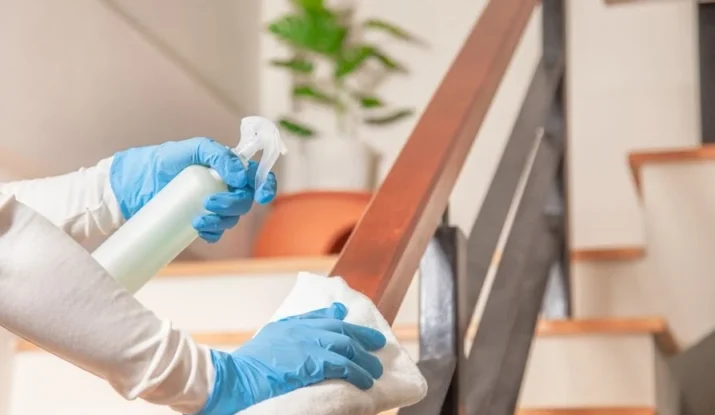Hypoallergenic cleaning: what it is and who needs it
Hypoallergenic cleaning is one of the most popular home cleaning services. Despite our best efforts, we are always surrounded by some kind of dust that contains allergens and can be harmful to our health. Below we discuss the purposes and specific areas of hypoallergenic cleaning.
The need for hypoallergenic cleaning
Various allergens affect each person differently. They can be carpet mites, mold, dust, fungi, and detergents or their components. For those who suffer from bronchial asthma such cleaning on a regular basis is a must. But even a healthier person is likely to be under threat in the long run unless they take their cleaning seriously.
Families with children and pets do regular cleaning to ensure the open surfaces and the remotest corners are well purified. Sadly, the lack of experience or proper cleansing materials and equipment sometimes prevents them from getting the best results. For this reason, it is more advisable to order a professional cleaning service. Not only the cleaners will turn your house or flat into a perfect place, they will also save you a lot of time which you will be able to spend with your near and dear.
Hypoallergenic cleaning: what it includes
Hypoallergenic cleaning is slightly similar in purpose to disinfection. The principal difference is the materials that cleaners use. In houses where people are prone to allergies cleaners rely on special hypoallergenic detergents and odourless substances to produce the desired result. It is vital to avoid chlorine-based cleansers, as their effect is no less harmful than that of dust.
Hypoallergenic indoor cleaning specifically includes the following:
- removing the dust from all open surfaces and hard-to-reach places;
- dry cleaning of walls, ceilings, carpets and upholstered furniture;
- chemical cleaning of furniture and carpets using hypoallergenic products and a steam cleaner;
- removing the mold, mildew and limescale;
- removing the pet hair;
- cleaning the kitchen furniture and appliances;
- cleaning the windows, grilles and mosquito nets;
- wet cleaning the floors with chlorine-free products;
- washing the plumbing fixtures, chandeliers and lamps, mirrors, sockets, switches, air conditioners and batteries;
- wet cleaning the doors, frames, door handles and automatic closers;
- removing the garbage.
Depending on your living conditions, some items on this cleaning list may be cleaned less frequently than others. For example, hard-to-reach areas may need cleaning every 3 months, and mold removal is only necessary if there is mold at all.
Hypoallergenic cleaning for allergy prevention
If you or those who live in your home suffer from allergies, hypoallergenic cleaning is your first resort for allergy prevention. However, if you don’t know how to properly perform hypoallergenic cleaning or simply don’t want to take the time to do it, you can always enlist the help of a cleaning company. Using special cleaning products and professional equipment, the cleaners will remove all dust particles and fungi, leaving your premises clean, tidy and pleasant to live in.


